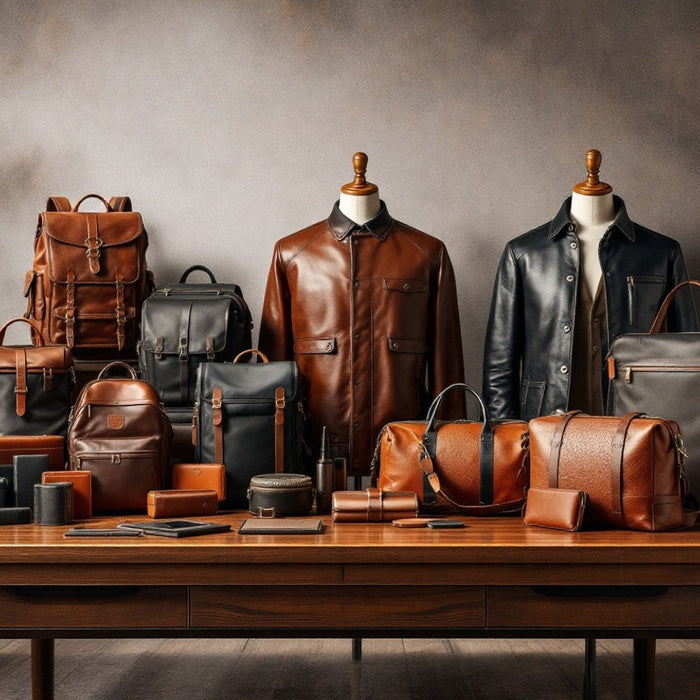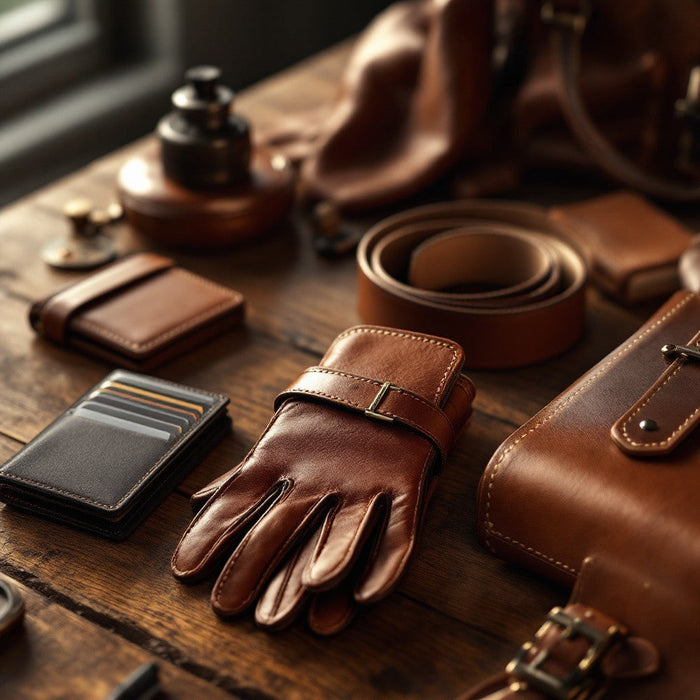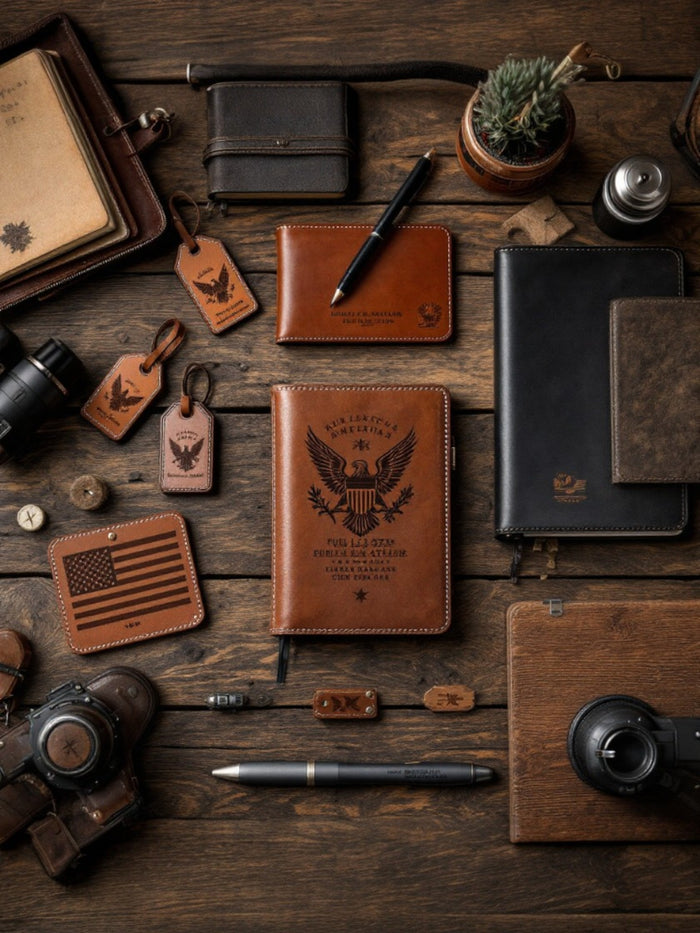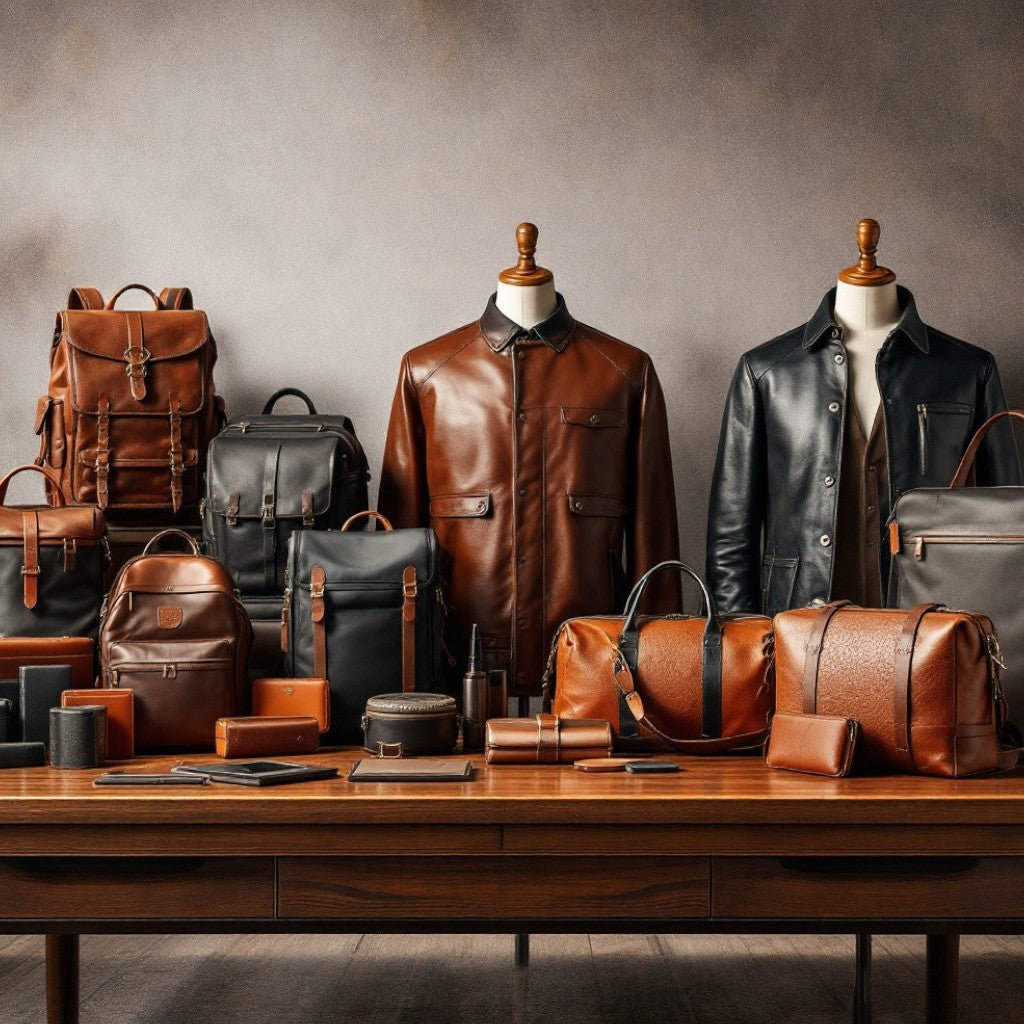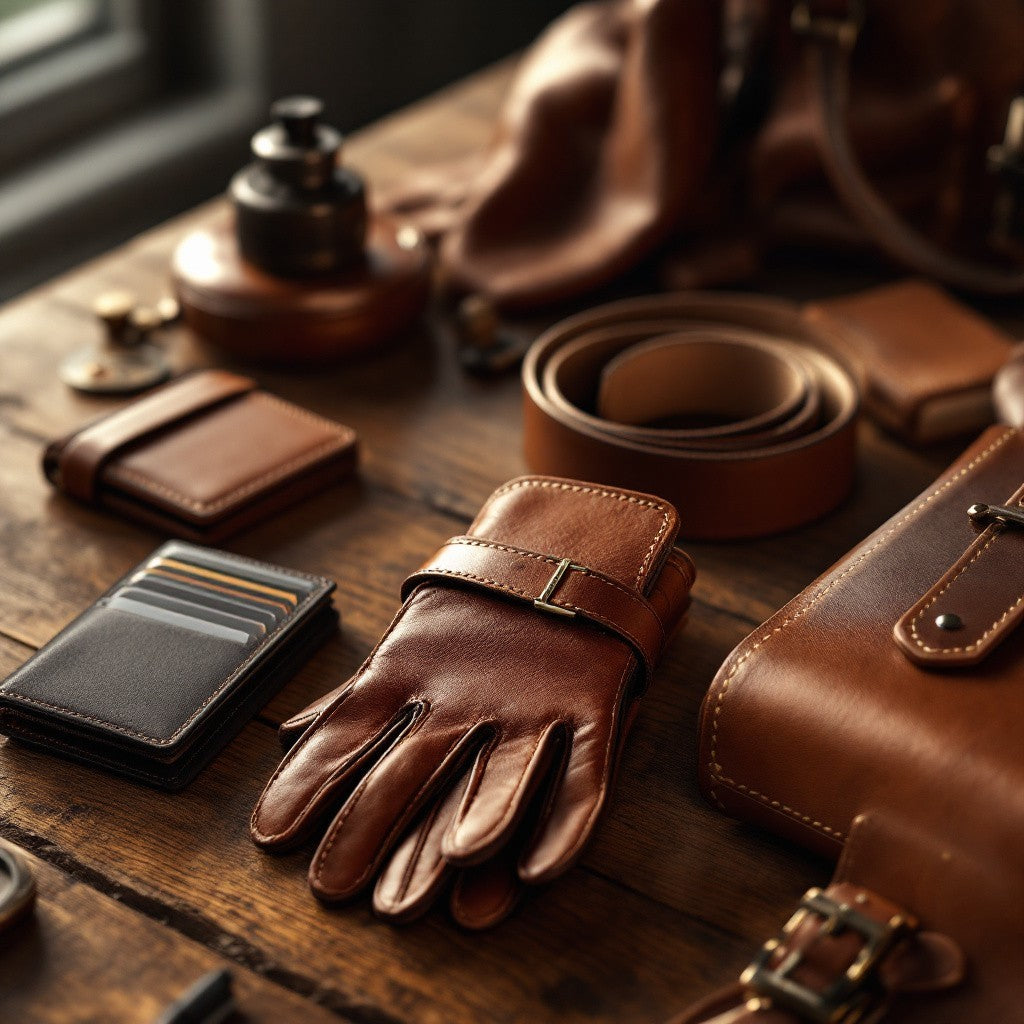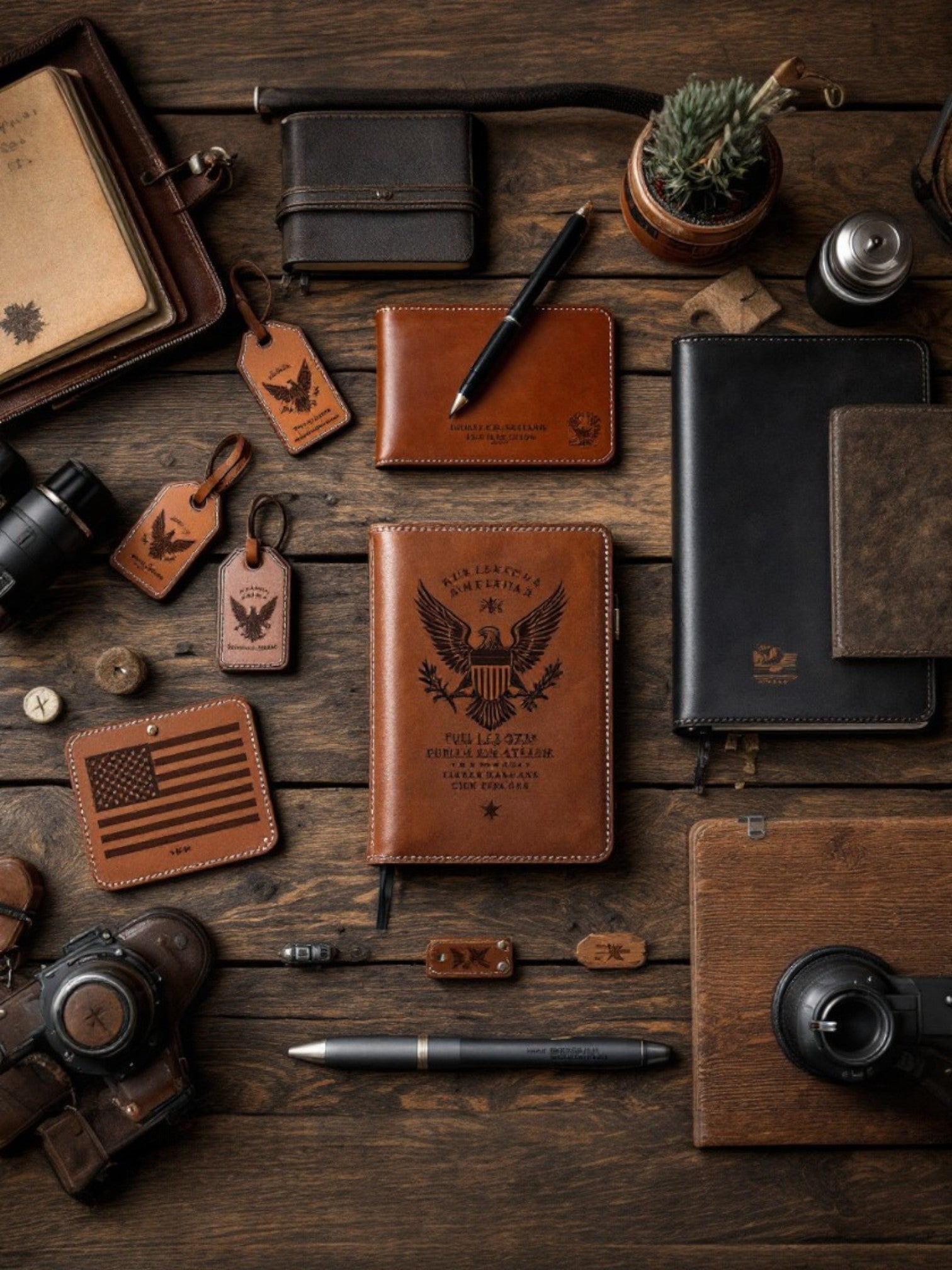
When Not to Oil Leather Goods: Essential Care Tips
Share
When to Oil Your Belt, Bag, or Journal — and When Not To
At Wyoming Jack, we build our gear to last — not to babysit. But even the toughest leather appreciates a little care now and then. And when it comes to oiling full-grain leather, the right timing makes all the difference.
Too little? Your leather dries out and cracks.
Too much? It gets soggy, loses shape, and may never feel the same again.
So how do you know when to oil… and when to keep your hands off?
Why Oiling Matters
Oiling leather is like seasoning a cast iron skillet — it protects, nourishes, and builds character. Full-grain leather is naturally breathable and packed with tight fibers, but without occasional conditioning, it can dry out over time — especially in sun, wind, or dry climates.
That’s where leather oils and balms come in: they restore natural moisture, enhance flexibility, and help maintain that rich, broken-in feel.
Signs It’s Time to Oil
Here’s how to tell your leather is due for a little TLC:
- It looks dull or ashy — lost its natural luster
- It feels stiff or dry to the touch
- It shows shallow cracks in high-stress areas (belt holes, journal spines, bag handles)
- It’s been exposed to harsh weather — sun, snow, or rain
- It’s been 6+ months since the last conditioning
If your leather still feels soft, supple, and rich — you can hold off.
How Often Should You Oil?
There’s no one-size-fits-all answer, but here’s a good rule of thumb:
- Belts & daily carry items: Every 4–6 months
- Bags or journals (occasional use): Every 6–12 months
- Dry climates (desert, winter): Check quarterly
- Humid climates: Condition less often, as leather holds more natural moisture
Always test on a small, hidden area first, especially for lighter leathers, as oils can darken the color.
What to Use (And Avoid)
Use:
- Natural leather balm or oil (like neatsfoot oil, mink oil, or tallow-based blends)
- Beeswax or wax/oil combo for added water resistance
- Soft cloth for application
Avoid:
- Silicone sprays
- Petroleum-based conditioners
- Olive oil or vegetable oils (they go rancid)
- Over-conditioning — leather can only absorb so much
- Stick with quality, natural oils, and your gear will thank you.
When Not to Oil
Yes — sometimes the best care is no care at all. Don’t oil your leather if:
- It’s already soft and supple
- It’s freshly oiled within the last few months
- It’s wet or damp — let it dry first
- You want to preserve a specific patina or finish (oiling can darken leather permanently)
- You're storing it long-term in a dry, dark place (condition lightly, then leave it)
Over-conditioning can clog the pores, lead to mushy leather, or prevent it from aging naturally — and the rugged aging process is part of the magic.
Quick Oiling Guide by Product
| Product | Oil Frequency | Notes |
|---|---|---|
| Leather Belt | Every 4–6 months | Focus on bend areas and buckle holes |
| Leather Bag | Every 6–12 months | Especially handles and bottom corners |
| Leather Journal | Yearly | Only if cracking or stiff |
| Wallet | 1–2 times per year | Watch for dry folds |
| Boots | As needed | Different care routine, best with waterproofing balm |
Final Word
Oiling leather isn’t complicated — it’s just about respect. Listen to your gear. Know the signs. And when the time is right, give it a little love with the right stuff.
At Wyoming Jack, we don’t believe in babying our goods — but we do believe in keeping them sharp for the long haul. Take care of your leather, and it’ll take care of you — from the ranch to the road, and everywhere in between.

